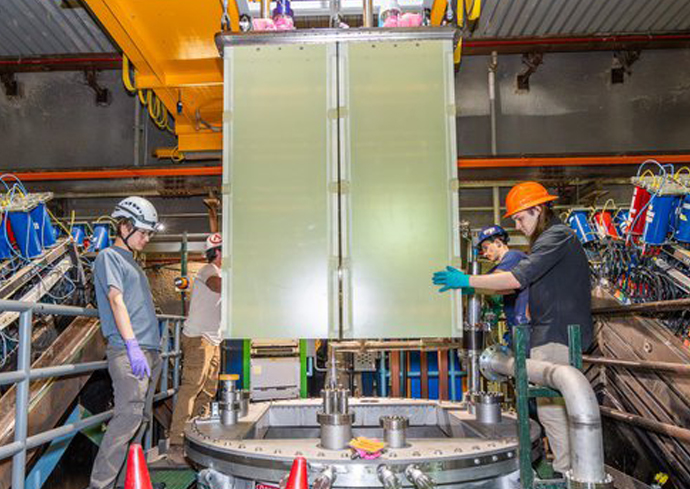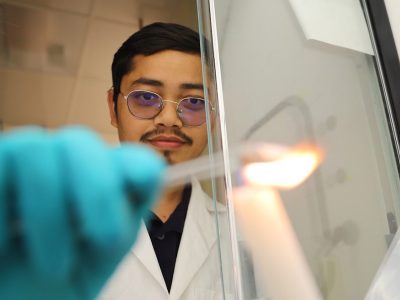It takes a really big project to answer questions about some of the tiniest particles in the Universe. At the Deep Underground Neutrino Experiment (DUNE), researchers will install seven-story detectors a mile below ground and shoot a high-energy beam 800 miles through the Earth to record the rare interactions of incredibly tiny subatomic particles called neutrinos. DUNE recently reached a major milestone as excavation workers finished carving out the future home of the four gigantic particle detectors in Lead, South Dakota.
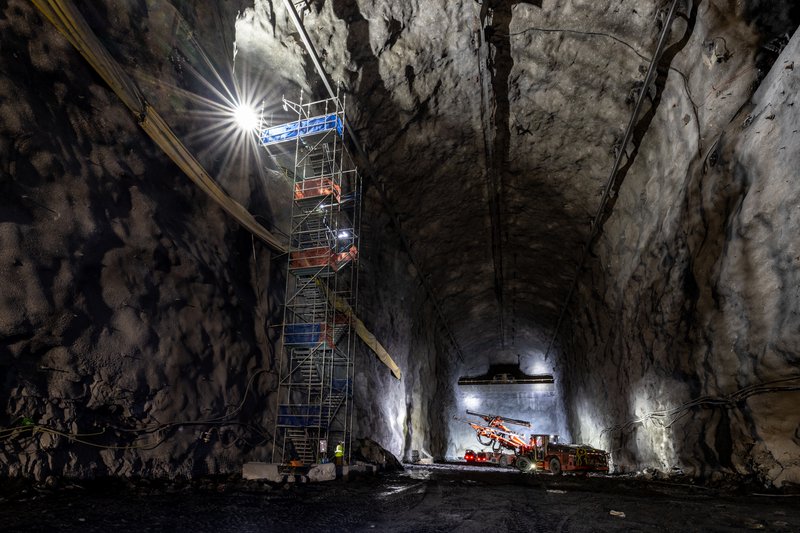
Hosted by the U.S. Department of Energy’s Fermi National Accelerator Laboratory (Fermilab), DUNE scientists will study the behavior of these mysterious particles to solve some big questions about the cosmos, including why all of the “stuff” in the Universe, including stars, planets and people, are made out of matter and not antimatter. Understanding how neutrinos—one of the most fundamental, abundant and lightest subatomic particles with mass—interact may be the key to determining why our Universe exists.
An International Collaboration
The DUNE collaboration includes more than 1,400 scientists from over 200 institutions in 36 countries. Among them are Syracuse University physicists from the Experimental Neutrino Physics group. The faculty and student team, led by Mitch Soderberg and Denver Whittington, professors in the College of Arts and Sciences’ Department of Physics, have been engaging in hands-on, international research over the past decade to explore the secrets of neutrinos.
The group’s work on various aspects of the DUNE project has been supported by grants from the National Science Foundation and the Department of Energy. On the first detector, which is scheduled to be operational before the end of 2028, Syracuse researchers were involved in the development and testing of its components. As coordinator of the Anode Plane Assemblies (APAs) working group, Soderberg helped to finalize the design and testing plans of the APAs. These large rectangular planes, covered with thousands of wires, will read out the electrical signals of neutrino interactions.
Whittington’s group researched and developed light sensors for the first detector’s module and investigated how adding small amounts of the element xenon could improve their performance. Former graduate student Kyle Spurgeon also worked on a prototype detector operated at the European Organization for Nuclear Research (CERN) in Switzerland. At CERN he tested several of the technologies that will be installed in the first detector, among them an ultraviolet light sensor that provides critical timing information for many of the neutrino interactions researchers hope to see with DUNE.
“It’ll be exciting to see some version of the technologies that we’ve worked on come online over the next few years,” Whittington says.
How it Works
The massive detectors that Syracuse researchers helped develop will be directly in the path of a neutrino beam originating from Fermilab in Illinois.
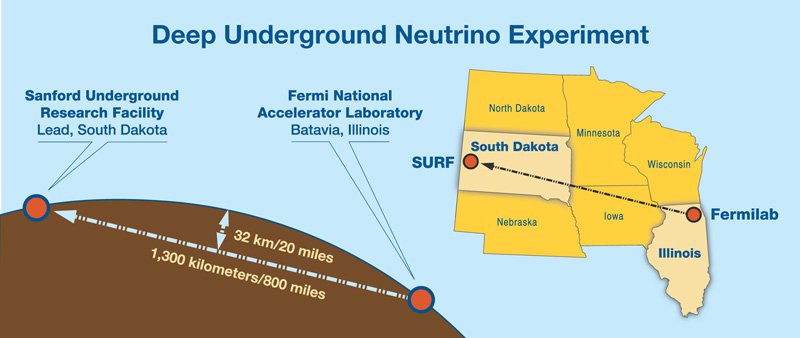
By sending protons through a chain of particle accelerators and then into a cylindrical rod of graphite called the “target” at Fermilab, the stream of neutrinos is born. Those neutrinos pass through a detector at Fermilab and then continue on 800 miles (1,300 km) through the Earth to detectors at the mile-deep Sanford Underground Research Facility, allowing researchers to make definitive determinations of neutrino properties. DUNE scientists will specifically study a phenomenon called “neutrino oscillation,” which looks at how the three different types of neutrinos (the electron neutrino, muon neutrino and tau neutrino) change between types—or flavors—as they travel.
Within these detectors, liquid argon serves as both the neutrinos’ target and the medium that transports information about the neutrino-argon interaction to custom sensors and electronics that record the data. Among the data collected are images that visually depict a neutrino colliding with an argon atom, which allows researchers to reconstruct the details of the interaction and learn about the properties of the instigating neutrino.
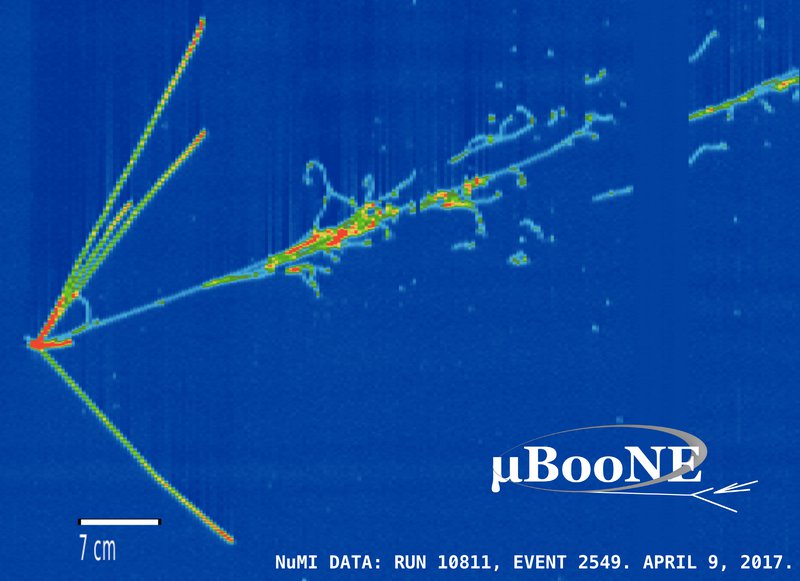
Looking to the Future
According to Soderberg, the Syracuse team’s more recent research has focused on the “Near Detector” for DUNE, which will sit in a smaller underground cavern to be excavated at Fermilab in Illinois. Once online, the Near and Far detectors will allow researchers to do a joint analysis that will shed light on the big questions like whether neutrinos and antineutrinos behave in fundamentally different ways.
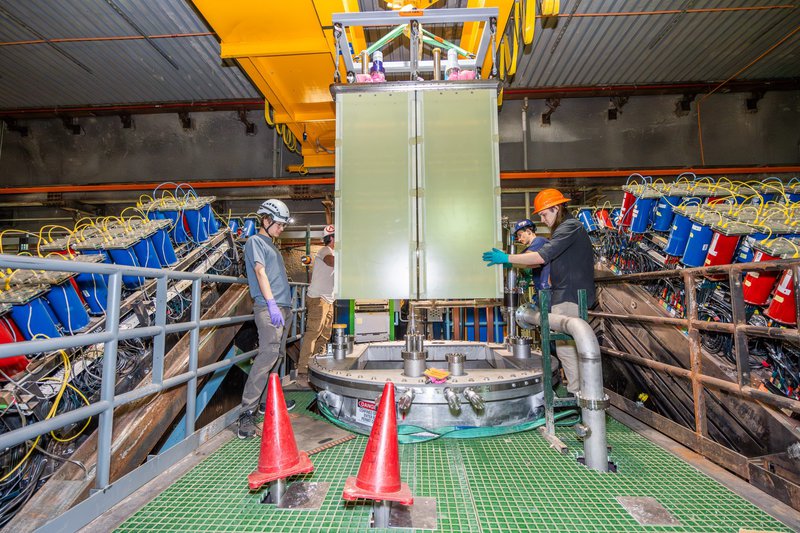
They are currently participating in the construction, operation and analysis of a Near Detector prototype that is just now being installed at Fermilab.
“This prototype will collect neutrino interaction data and allow us to verify the performance capabilities of the Near Detector technology and ensure we are ready to move to production of the full-size components needed for DUNE,” says Soderberg.
Postdoctoral researcher Luis Zazueta Reyes is currently based at Fermilab and serves as the Deputy Run Coordinator for this prototype’s data taking period, which should start this spring.
Students interested in engaging in hands-on, international research and exploring the secrets of neutrinos can learn more by visiting the Experimental Neutrino Physics group website.
Portions of this article were adapted from a press release distributed by Fermilab.
